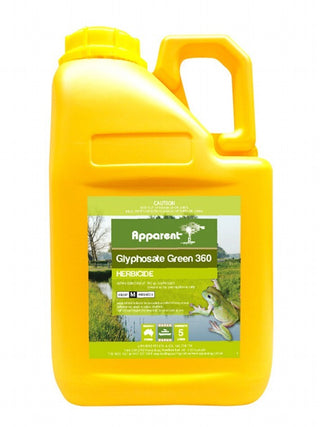Botanical name: Sporobolus africanus
Common Names
African Dropseed, Dropseed Grass, Rattail Grass, Indian Rat's Tail Grass, Rat's Tail Grass
Stem and leaves
The hairless (i.e. glabrous) flowering stems (i.e. culms) are slender (1.5-3 mm thick), but somewhat wiry, and are usually not branched. The alternately arranged leaves are very thin (i.e. linear) and consist of a leaf sheath, which partially encloses the stem, and a spreading leaf blade. The leaf sheaths (4-12 cm long) are slightly hairy (i.e. sparsely pilose) or hairless (i.e. glabrous) and the lower ones become somewhat papery with age. The leaf blades (6-40 cm long and 1-5 mm wide) may be either flat or somewhat rolled (i.e. weakly convolute). They are hairless (i.e. glabrous) and have pointed tips (i.e. acuminate apices). Where the leaf sheath meets the leaf blade there is a fringe of tiny hairs (i.e. ciliated ligule) or a tiny membrane (0.1-0.3 mm long) topped with hairs (i.e. ciliated membrane).
Flowers and fruits
The dark green, dark grey or greyish-green coloured seed-heads, which are borne at the top of the flowering stems (i.e. culms), are very thin and elongated in appearance (6-35 cm long and 3-8 mm wide). They are upright (i.e. erect), spike-like (i.e. spiciform panicles), and have many short branches (10-20 mm long) that are held very closely (i.e. appressed) to the main stem of the seed-head. These branches are quite densely arranged along the stem and are only sometimes interrupted near the base of the seed-head. Each of these seed-head branches bears numerous tiny, densely packed, flower spikelets almost to its base. The elongated (i.e. lanceolate) or egg-shaped (i.e. ovate) flower spikelets (2-2.8 mm long and 0.6-0.8 mm wide) contain a single tiny flower (i.e. floret) inside two bracts (i.e. glumes). The lower bract (i.e. glume) is 0.4-0.7 mm long and the upper bract (i.e. glume) is 1-1.5 mm long (i.e. at least half the length of the flower spikelet). Flowering occurs throughout the year, but is most abundant from spring through to late autumn (i.e. from October to June). The oblong, oval-shaped (i.e. ellipsoid), or almost rounded (i.e. sub-globular) 'seeds' (i.e. grains or caryopses) turn dark red or reddish-brown in colour as they mature. They are tiny (1.1-1.5 mm long and up to 0.6 mm wide) and separate from the remainder of the flower spikelet at maturity (i.e. the whitish-coloured old glumes remain on the seed-head).
Reproduction and dispersal
This species produces large quantities of tiny seeds.These seeds are sticky when wet and readily become attached to animals, clothing and vehicles. They may also be dispersed by water, in mud, and in contaminated agricultural produce (e.g. in fodder and pasture seed lots).
SIMILAR SPECIES
Parramatta grass (Sporobolus africanus ) is very similar to other introduced rats-tail grasses (Sporobolus spp.), including giant Parramatta grass (Sporobolus fertilis ), American rats-tail grass (Sporobolus jacquemontii ), and the giant rats-tail grasses (Sporobolus pyramidalis and Sporobolus natalensis ). It is also similar to some native species such as the slender rats-tail grasses (Sporobolus creber and Sporobolus elongatus).
SCENARIOS AND SOLUTIONS:
- In garden beds: use Apparent Glyphosate and Apparent Glyassist.
- In couch and kikuyu lawns: use Apparent Rocky 745 at a rate of 1.5litre/hectare.
- In buffalo lawns: spot spray with Apparent Glyphosate and Apparent Glyassist.
Reference: https://weeds.brisbane.qld.gov.au/weeds/parramatta-grass






